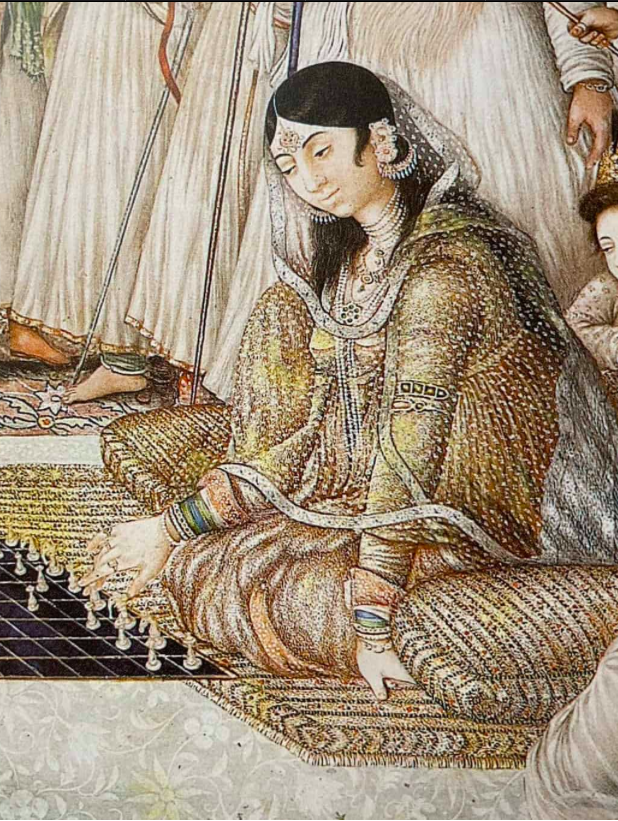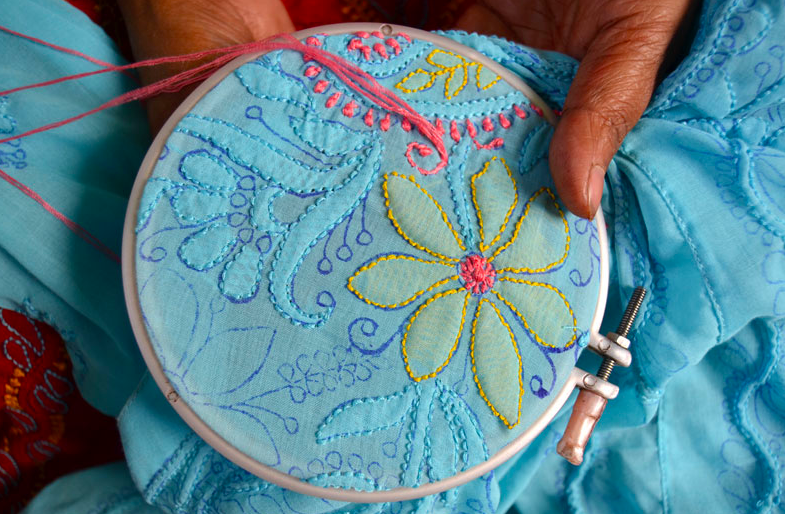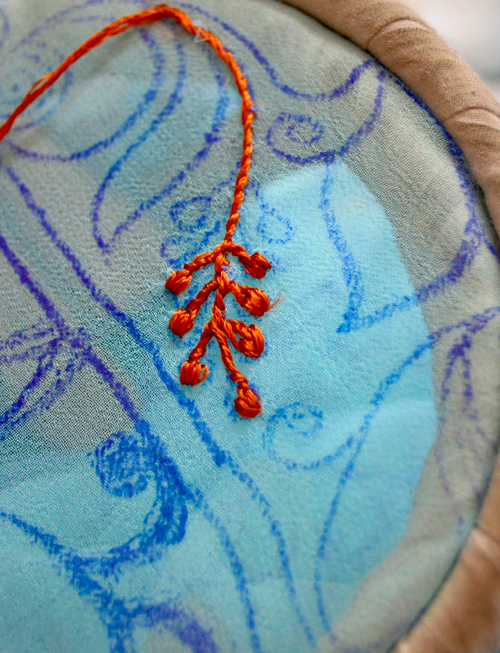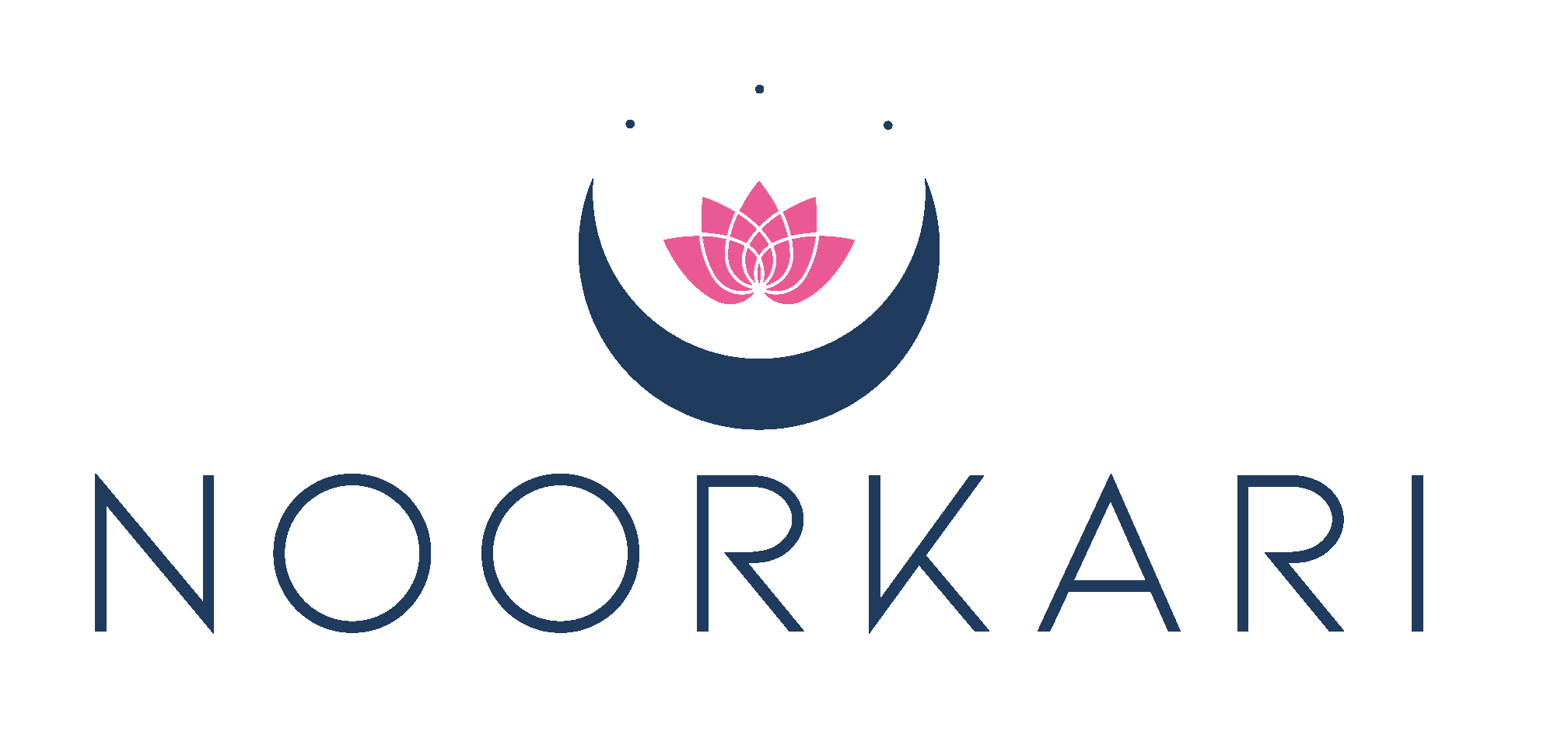Uttar Pradesh is the birthplace of this traditional Indian artwork of Chikankari, and hence, this artwork is also popular by the name Lucknow Chikankari.
It is believed to have been introduced by Empress Noor Jahan, the wife of Emperor Jahangir, during the Mughal era in the 16th century.
The embroidery can range from subtle, tone-on-tone designs to more vibrant, multicolored patterns. Some common stitches used in chikankari include phanda (French knot), taut (running stitch), bakhiya (shadow work), and jali(openwork).
The name “chikan” means delicate and fine, and the craft involves intricate needlework using various stitches to create beautiful floral and paisley patterns, often on fine fabrics like muslin, cotton, silk, or chiffon.

While it started as a royal craft, chikankari spread throughout Lucknow and surrounding regions, where local artisans kept it alive and continued to develop the craft. The skill was passed down through generations, and many families in Lucknow (and other parts of North India) became known for their expertise in chikankari embroidery.
Chikankari became famous not just because of its royal origins, but also due to the artistry and intricacy that captured the attention of both local and international audiences over time.
The city of Lucknow became the epicenter of chikankari during the 18th and 19th centuries, particularly under the rule of the Awadh dynasty (the Nawabs of Lucknow). The Nawabs were great patrons of the arts, and they helped elevate chikankari into a more refined and intricate craft.
The culture of “tehzeeb” (refinement and etiquette) that flourished in Lucknow made chikankari not just a craft, but also a way of life. The elegant motifs, fine threadwork, and light, breathable fabrics made chikankari a sought-after form of textile art.

Chikankari has been a major source of livelihood for thousands of artisans, especially in Lucknow and surrounding areas. Many families have been involved in the craft for generations, making it an essential part of their income. The industry provides work for not only embroiderers but also for designers, dyers, tailors, and others in the textile supply chain.
In recent years, with the increasing demand for handcrafted textiles, chikankari has provided opportunities for women’s empowerment, especially in rural areas. Women artisans, often from economically disadvantaged backgrounds, have been able to earn a living while continuing to preserve and promote a traditional art form.
Chikankari is a versatile and intricate form of embroidery, with various types of stitches and techniques that contribute to the richness of the craft. Over the centuries, different styles and types of chikankari have developed, each with its own unique characteristics.
Bakhiya is one of the most famous and recognizable types of chikankari. It involves a fine, delicate form of embroidery done on the reverse side of the fabric, creating a shadow effect on the front. The patterns are typically floral or geometric, and this technique adds a subtle, elegant look to the garment.

Phanda (French Knot)
Phanda, or French Knot, is a distinctive stitch used to create raised, round knots that form small motifs, typically in floral designs. The technique is often used for detailing on petals, leaves, or small dots to give texture and dimension to the design.

Taut (Running Stitch)
Taut is a simple yet beautiful stitch, where the needle is passed in a running, back-and-forth motion to create fine, evenly spaced lines. It’s often used to outline patterns or fill in designs. Taut adds a flowing, continuous look to the overall embroidery.
Jali (Openwork)
Jali is a delicate and airy technique where small portions of the fabric are left open to create a lace-like effect. This type of chikankari is particularly beautiful on lightweight fabrics like muslin or chiffon. The openwork is often combined with other embroidery techniques to form intricate patterns.

People love chikankari for its delicate craftsmanship, rich cultural heritage, and versatility in both casual and formal wear. The artistry of chikankari stitches creates a unique texture and aesthetic, making it a popular choice for sarees, kurtas, dupattas, and dresses. Its lightweight fabric and breathable quality also make it a preferred option for hot climates. With its growing popularity in contemporary fashion, chikankari continues to blend traditional and modern styles, making it a must-have in every wardrobe.



Add comment